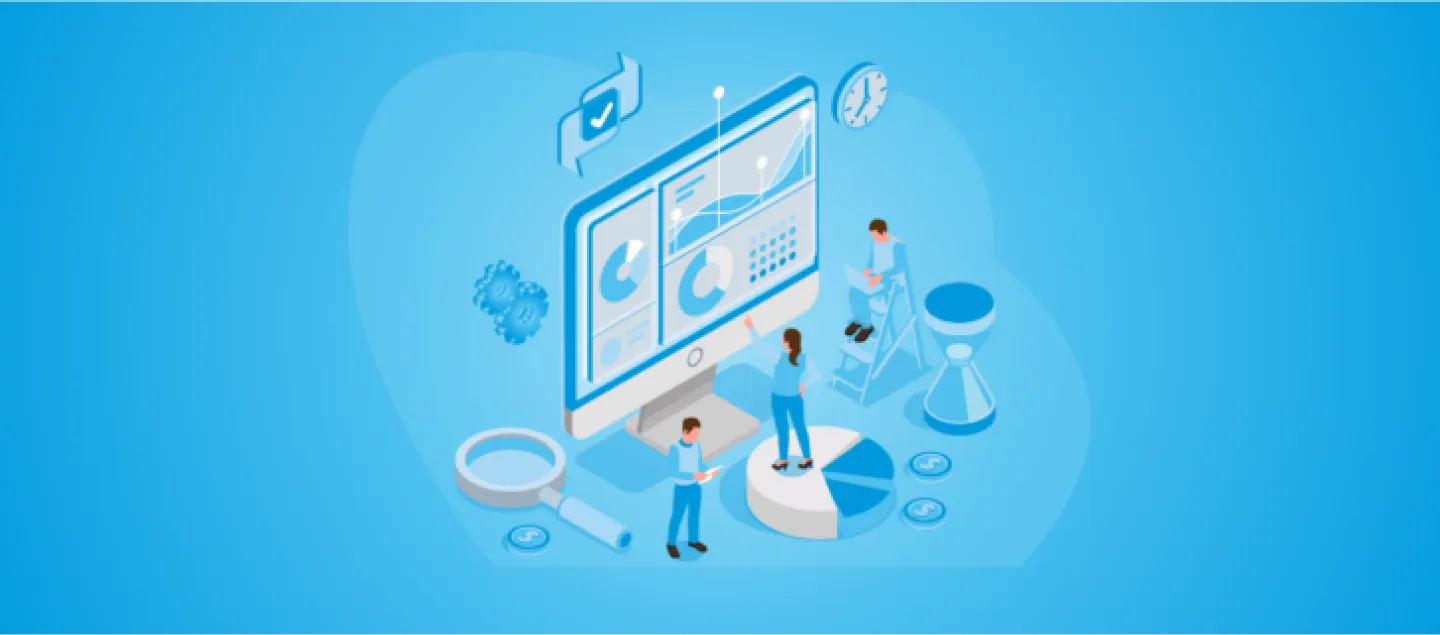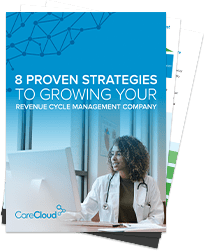The year 2024 has been economically tough for most business sectors throughout the world. However, the impact of COVID-19, as well as the inflationary effects, thereafter, have also adversely affected the healthcare sector. The fundamental shift in the healthcare workforce and the decreasing operating costs for the health system contributed largely to the economic impact on healthcare.
Revenue cycle management (RCM) experts focus on extracting each dollar from subsequently profitable monetary opportunities to allow healthcare providers maximum revenue generation for their practices. Protecting this generated revenue and focusing on producing larger monetary outputs with fewer resources is the core objective of RCM experts.
For this purpose, RCM experts curate RCM strategies that can bank on the practices current resources to intelligently create revenue-generating opportunities. Whether through the integration of technology or automation, RCM experts ensure practices maintain an upward trend in financial success.
Therefore, to counter the adversities of the previous year’s impact on healthcare practice, RCM leaders have now begun to rethink their current strategies, following a more foolproof approach to maximize financial output. Here are the top five RCM strategies that experts believe can transform the healthcare revenue cycle:
Top 5 Revenue Cycle Management (RCM) Strategies
1.Proactive Revenue Strategy
This year, RCM experts believe that protecting revenue is one strategy that should be given just as much importance as creating more revenue. This strategy focuses on minimizing the possibilities of money lags and therefore ‘protecting’ it from being lost from the practice.
Since a substantial amount of revenue is lost during claim submission, creating a proactive strategy that prioritizes the efficient management of lost, unanswered, and denied claims will allow for a larger influx of cash into the practice.
2.No Surprise Billing Strategy
The No Surprises Act, which has been a function regulation since 2021, emphasizes the need for hospitals and healthcare facilities to post their pricing for common procedures and services and allow patient-friendly tools to help make shopping for services a lot easier.
By posting prices, patients will be aware of the pricing model for treatments beforehand instead of receiving that information after treatments, around the time of payment. Patients prefer opting for treatments and services once they are aware of the prices of each service; therefore, by reducing surprises, improving the patient experience is pivotal.
3.Value Based Care Provision
Value-based care is a phenomenon that focuses less on the frequency or volume of care provided and instead on the value of the effect healthcare treatment may have on a patient. The transformation of technology has allowed for faster diagnoses and treatments for several core illnesses in patients today, and while scientists are still working to improve treatment protocols for complex illnesses, a certain value must be placed on lifestyle modifications and regular health check-ups for patients at risk for certain diseases in order to delay their onset.
The shift in healthcare demand as a result of the introduction of value-based care will positively impact the functionalities of RCM strategies for wellness centers in the near future.
4.Tackling Labor Shortage
According to the WHO, healthcare staff shortage projections predict a downward trend in human resource strength in healthcare. According to this data, the health workforce was recorded at 18 million in 2016, decreasing to 15 million in 2022 and, potentially, 10 million in 2030.
This highlights the need for the clinical workforce to collaborate with financial teams in order to devise a robust plan to tackle staff shortages. Alternatively, practices have already begun depending on technologies such as EHR software for the purpose of clinical record keeping, depending primarily on the technology to help revisit patient data and integrate it with RCM technology to streamline practice finances.
5.Remote Patient Monitoring
Remote patient monitoring (RPM) services are substantially different from telehealth services in the way that RPM neither requires auto-video interaction to divulge healthcare knowledge and advice, nor is there a need for patients to be present in rural areas to access the technology.
RPM services simply transfer physiologic data to the healthcare provider to track patient recovery progress. This is specifically useful for chronically ill patients.
Additionally, RPM services can be easily reimbursed by Medicare, and the services can be easily accessed by patients without having to initiate the treatment process in person first. These services can therefore be especially beneficial for practices, as RPM integration with RCM can ensure a multiplication of financial output by offering these services.
Conclusion
Revenue cycle management is the core component of any healthcare practice today; therefore, integrating it with robust technology that can both reduce administrative overheads with an electronic health record (EHR) and seamlessly create revenue-generating opportunities is a sure-shot way to financial success in healthcare.
The above-mentioned strategies are therefore bound to streamline financial workflow for optimum outputs. CareCloud’s revenue cycle management solution is a robust technology to drive financial profitability for the modern healthcare business.




